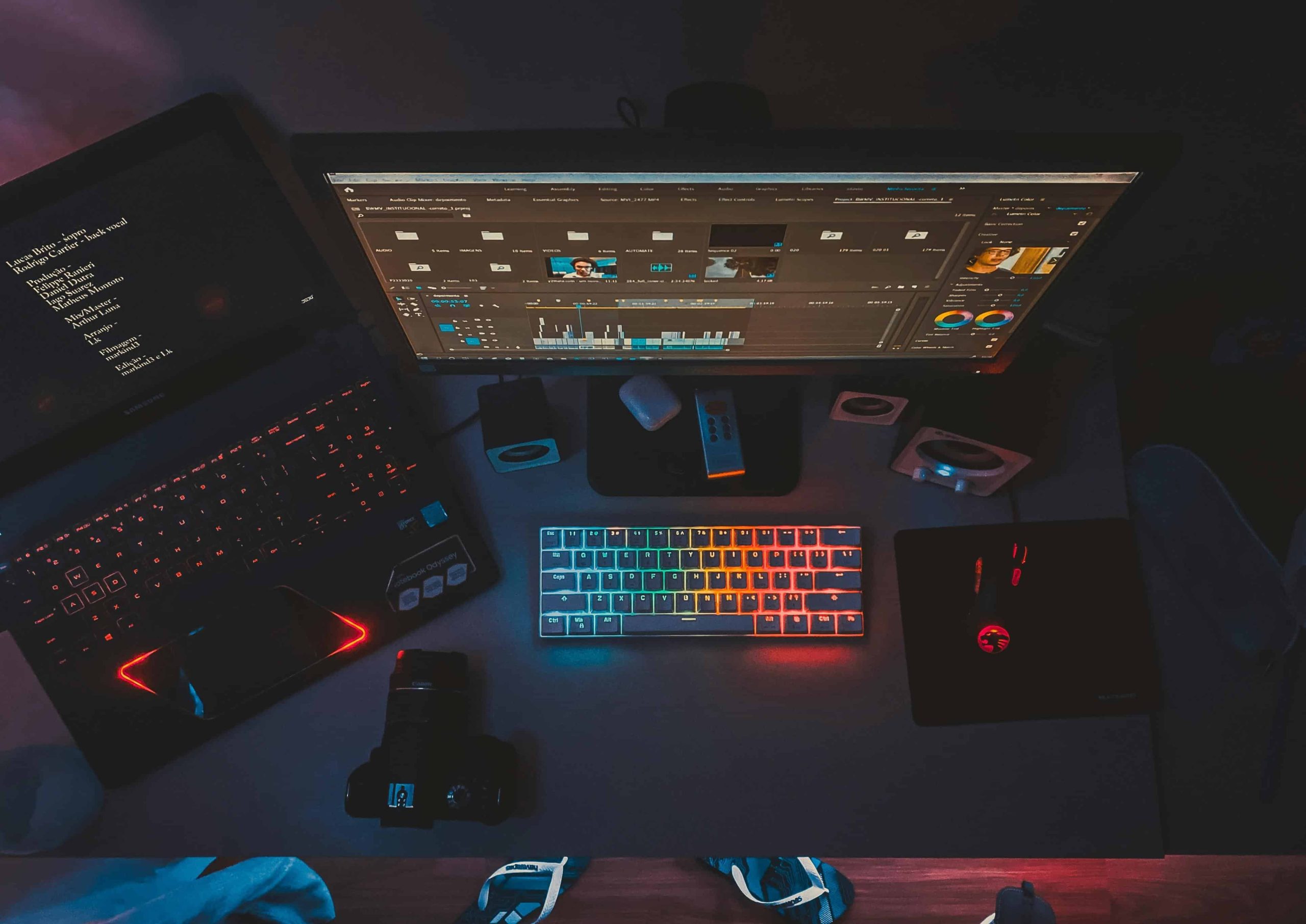
11 Sep Behind the Scenes: Making of Virtual Art Tours
Behind the Screens: Crafting Immersive Virtual Art Experiences
In today’s ever-evolving art landscape, virtual art tours have transitioned from a mere novelty to a vital component. As physical access to galleries and museums faces limitations, these digital experiences assume newfound importance. This article delves into the intricate workings behind virtual art tours, uncovering the meticulous planning, technological innovations, and collaborative endeavors that underpin their creation. From crafting immersive environments to integrating interactive elements, each aspect requires careful consideration. Moreover, the article explores how virtual tours not only democratize access to art but also offer innovative avenues for artistic expression. By shedding light on these processes, it illuminates the transformative potential of virtual art experiences in bridging geographical divides and redefining the boundaries of artistic engagement.
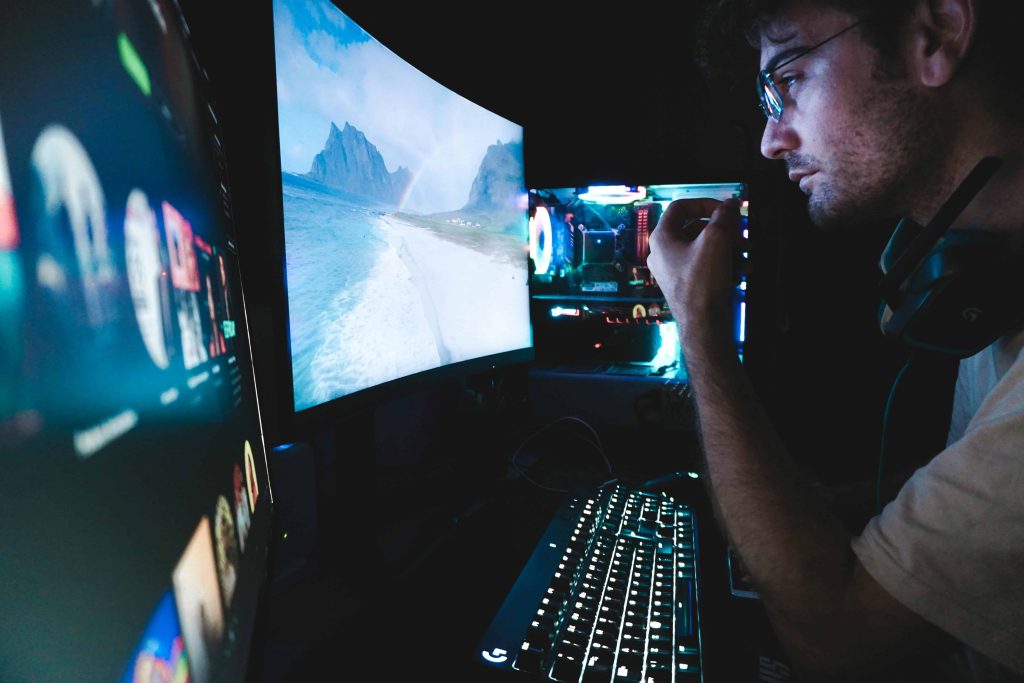
Planning the Virtual Experience
Collaboration
Creating a virtual art tour is not a solo endeavor but a symphony of talents. Curatorial teams work closely with IT specialists, photographers, and designers to bring together their expertise. Curators provide invaluable insights into the thematic direction and selection of artworks, while IT professionals ensure the seamless integration of technology to deliver a fluid user experience.
Selection
The process of selecting artworks for a virtual tour involves a delicate balance between aesthetic appeal and technical feasibility. Curators meticulously curate pieces that not only showcase artistic prowess but also translate effectively into the digital realm. Considerations such as scale, texture, and visual impact play a crucial role in determining the final selection.
Narrative
At the heart of every compelling virtual art tour lies a well-crafted narrative. Curators weave together a cohesive story that guides viewers through the exhibition, providing context and insight into the featured artworks. From thematic connections to historical contexts, the narrative adds depth and meaning to the virtual experience, fostering a deeper appreciation for the art on display.
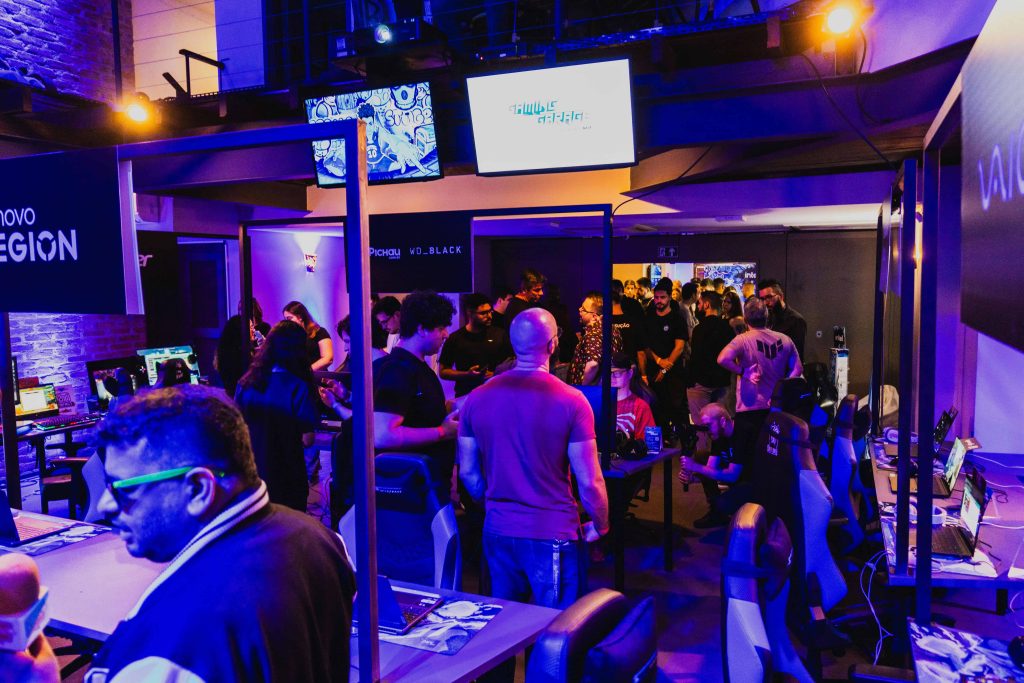
Capturing the Art
Technology
The technological tools employed in capturing artworks have undergone remarkable advancements in recent years. From sophisticated 360° photography setups to high-resolution scanning techniques, these tools enable artists to capture the intricate details and nuances of each piece with unparalleled precision. Advanced imaging software further enhances the quality of the captured images, ensuring a lifelike representation of the artworks in the virtual space.
Challenges
Despite the advancements in technology, capturing art digitally presents its own set of challenges. Factors such as lighting conditions, reflective surfaces, and color accuracy can pose significant obstacles to accurately reproducing the essence of the original artwork. Moreover, the sheer diversity of artistic mediums—from paintings to sculptures—adds complexity to the digitization process, requiring innovative solutions to overcome technical limitations.
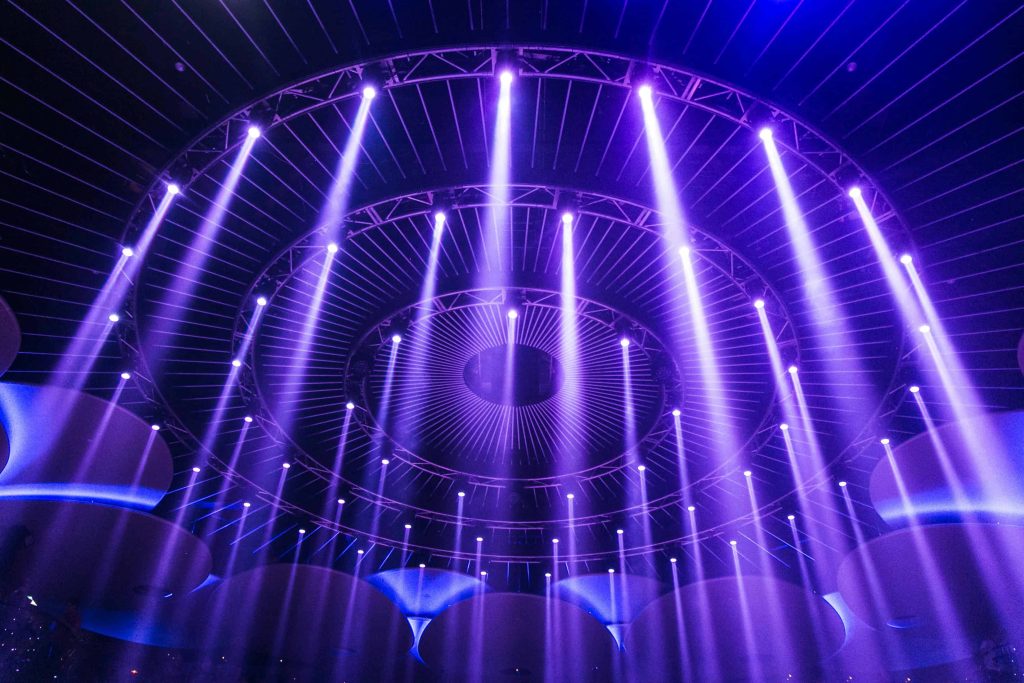
Building the Virtual Tour Platform
Software
A plethora of software options are available for creating virtual art tours, each offering distinct features and functionalities. From basic platforms tailored for novice users to sophisticated systems designed for professional curators, the choice of software depends on the specific requirements and objectives of the exhibition. Some platforms offer intuitive drag-and-drop interfaces, while others provide advanced customization options for a more tailored experience.
Interactivity
Interactivity lies at the core of an engaging virtual art tour. By incorporating features such as zoom functions, panoramic views, and informational hotspots, users are empowered to explore artworks in greater detail. Interactive elements not only enhance user engagement but also provide valuable context and educational content, enriching the overall viewing experience.
Accessibility
Ensuring accessibility is a fundamental aspect of designing virtual art tours. Navigation aids, such as audio guides and text-to-speech functionality, cater to users with visual impairments or other accessibility needs. Additionally, efforts are made to optimize the platform for compatibility with assistive technologies, making the tour accessible to users across diverse demographics and abilities.
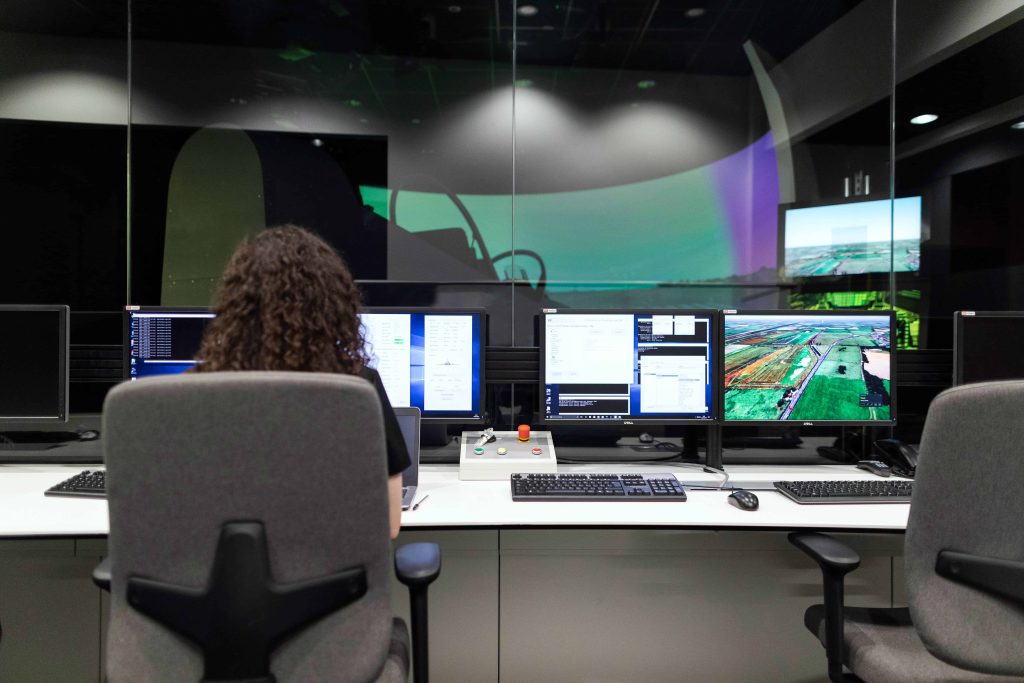
Conclusion
The evolution of virtual art tours from novelties to essential components in the contemporary art scene underscores their increasing significance. With physical access to galleries and museums restricted, these digital experiences offer invaluable avenues for artistic exploration. This article provides a comprehensive exploration of the multifaceted process behind the creation of virtual art tours, shedding light on the intricate planning, technological innovations, and collaborative efforts involved. From the initial stages of curatorial selection to the development of immersive narratives, each step demands meticulous attention to detail. Moreover, the challenges of capturing artwork digitally and the diverse array of software options for building virtual tour platforms highlight the complexity and versatility of this burgeoning field. Through insightful analysis, this piece illuminates the transformative potential of virtual art experiences in democratizing access to art and redefining the boundaries of artistic engagement.
Key Takeaways
- Collaborative Endeavor: Crafting virtual art tours involves a collaboration between curatorial teams, IT specialists, photographers, and designers, highlighting the interdisciplinary nature of the process.
- Meticulous Planning: The selection of artworks, crafting narratives, and ensuring accessibility all require careful planning and attention to detail.
- Technological Advancements: Advanced tools like 360° photography setups and high-resolution scanning techniques have revolutionized the capturing process, despite presenting challenges such as lighting conditions and color accuracy.
- Interactive Experience: Interactivity is essential for engaging virtual art tours, providing users with features like zoom functions and informational hotspots for a more immersive experience.
- Accessibility: Efforts are made to ensure accessibility for users with diverse needs, including navigation aids and compatibility with assistive technologies.
- Significance of Virtual Art Tours: With physical access to galleries restricted, virtual art tours have become essential for artistic exploration, democratizing access to art and redefining the boundaries of artistic engagement.
FAQs
How are virtual art tours created?
Virtual art tours are meticulously crafted through a collaborative effort involving curatorial teams, IT specialists, photographers, and designers. Curators provide thematic direction and select artworks, while IT professionals ensure seamless technological integration for a fluid user experience.
What challenges are faced in capturing art digitally?
Capturing art digitally presents various challenges, including lighting conditions, reflective surfaces, and ensuring color accuracy. Additionally, the diverse range of artistic mediums, from paintings to sculptures, adds complexity to the digitization process, necessitating innovative solutions to overcome technical limitations.
What features enhance the virtual tour experience?
Interactivity and accessibility are key features that enhance the virtual art tour experience. Incorporating zoom functions, panoramic views, and informational hotspots allows users to explore artworks in detail. Moreover, ensuring accessibility through navigation aids like audio guides and text-to-speech functionality caters to users with diverse needs, enriching the overall viewing experience.
Gain insights into the evolving landscape of contemporary art exhibitions, where digital integration enhances storytelling and amplifies artistic expression.

